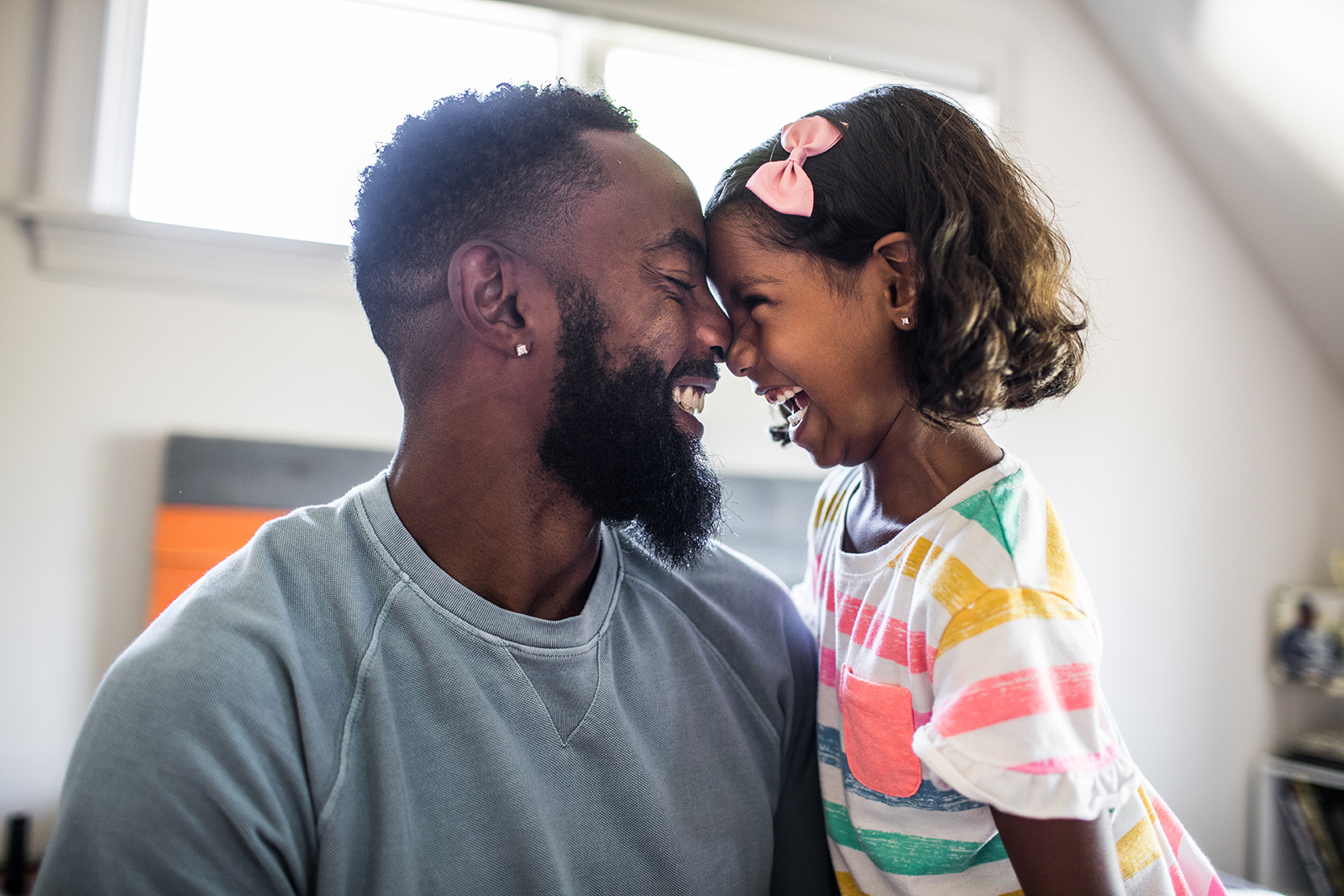Choosing Visual Content With Care: A DEI Toolkit
People consume content nonstop, every single day. But what's different about the way we consume it now, as opposed to two, three, five years ago even? Simply put, it's the fact that we expect more from content and expect more from the brands and media that are putting it out there for our consumption.
In a phrase, we expect authenticity. If an image, video or illustration doesn't feel real or plausible, it simply doesn't resonate the same way with us—we're less likely to "buy" into whatever it is they're saying or selling, and more likely to question it. And what's more, if the brand doesn't share our values (or if we don't feel they share our same values, given the content they're sharing with us), we withhold our dollars or share our thoughts on social media.
The latest wave of our Visual GPS research found that 80 percent of consumers globally state that they are loyal to brands whose business practices support their own values. Furthermore, 72 percent of global consumers expect brands they buy from to support diversity and inclusion. The numbers are even higher with younger demographics, which points to how the future consumer will be interacting with brand communication.
Fortunately, we are seeing a change in behavior via our customers' trending searches. In the last 12 months, DEI-related terms were searched three times more than in previous years. Traction, yes, but I'd go so far as to say brands have a significant responsibility when it comes to ensuring that the advertising content they create is both authentic and representative. Which means choosing visual content with care, a task which can feel daunting. But it doesn't have to be.
If you're not sure how to do that, we've already mapped it out on your behalf with the help of the best of our visual experts.
In 2021, we partnered with global financial institution Citi to create the Diversity, Equity and Inclusion Imagery toolkit, a guide that teaches marketers and creatives how to intentionally depict and highlight underrepresented groups, with the ultimate goal of accelerating change across the industry. We've outlined the questions marketers need to ask themselves to ensure they're thinking about diversity across the spectrum, including race and ethnicity, gender, sexual orientation, age, disability, bodies, religions and socioeconomic status. The best part? We've made it open source. We know marketers everywhere can benefit from our actionable insights, which can help them choose inclusive visuals with intention.
We're gearing up to create global change in the financial space with Citi, having designed several iterations of our toolkit across multiple countries, each supported by regional data and insights and informed by cultural nuances. Together, we believe it's imperative for companies and brands to look a little deeper at the marketing choices they make and be honest with themselves about how they're communicating with, and advertising to, customers. It's 2021, and people are looking to connect in more meaningful ways than ever, and that includes favoring brands that go beyond surface level commitments to DEI. Visual storytelling is an integral piece of the puzzle and integral tool.















